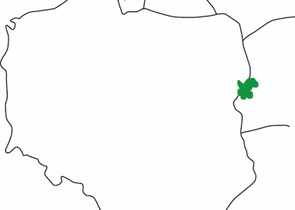The Journal is published by the Nature Conservation Agency of the Czech Republic in cooperation with the Cave Administration of the Czech Republic, the Krkonoše Mts. National Park Administration, the Bohemian Forest Mts. National Park Administration, the Podyjí National Park Administration and the The Bohemian Switzerland National Park Administration. It has been published since 1946.
cs / en
Nature Conservation 3/2009 — 30. 6. 2009 — International Nature Conservation — Print article in pdf
The Bialowieza National Park

The Bialowieza Primeval Forest is the last large well preserved fragment of primeval European lowland deciduous forest straddling the border between Poland and Belarus.
The forest survived largely intact from the 14th century to the early 20th century, because it was a hunting preserve of Polish kings and then Russian tzars. In the forest, natural processes have been running not heavily disturbed by direct human interference for thousands of years on a large area. Permanent presence of uprooted and broken trees, much dead wood and stands with multiple stories offer to wildlife the very specific habitat. The richness of wild plant and animal species found in the primary forest is surpassed nowhere in other lowland areas across Europe. The largest population of the European Bison or Wisent (Bison bonasus bonasus) which was successfully reintroduced into the wild in the early 1950s worldwide occurs there. Nevertheless, European bisons have been more and more facing consequences of inbreeding (the founder effect). Commercial logging is the most pronounced threat to the above World Heritage Site and UNESCO Biosphere Reserve.

